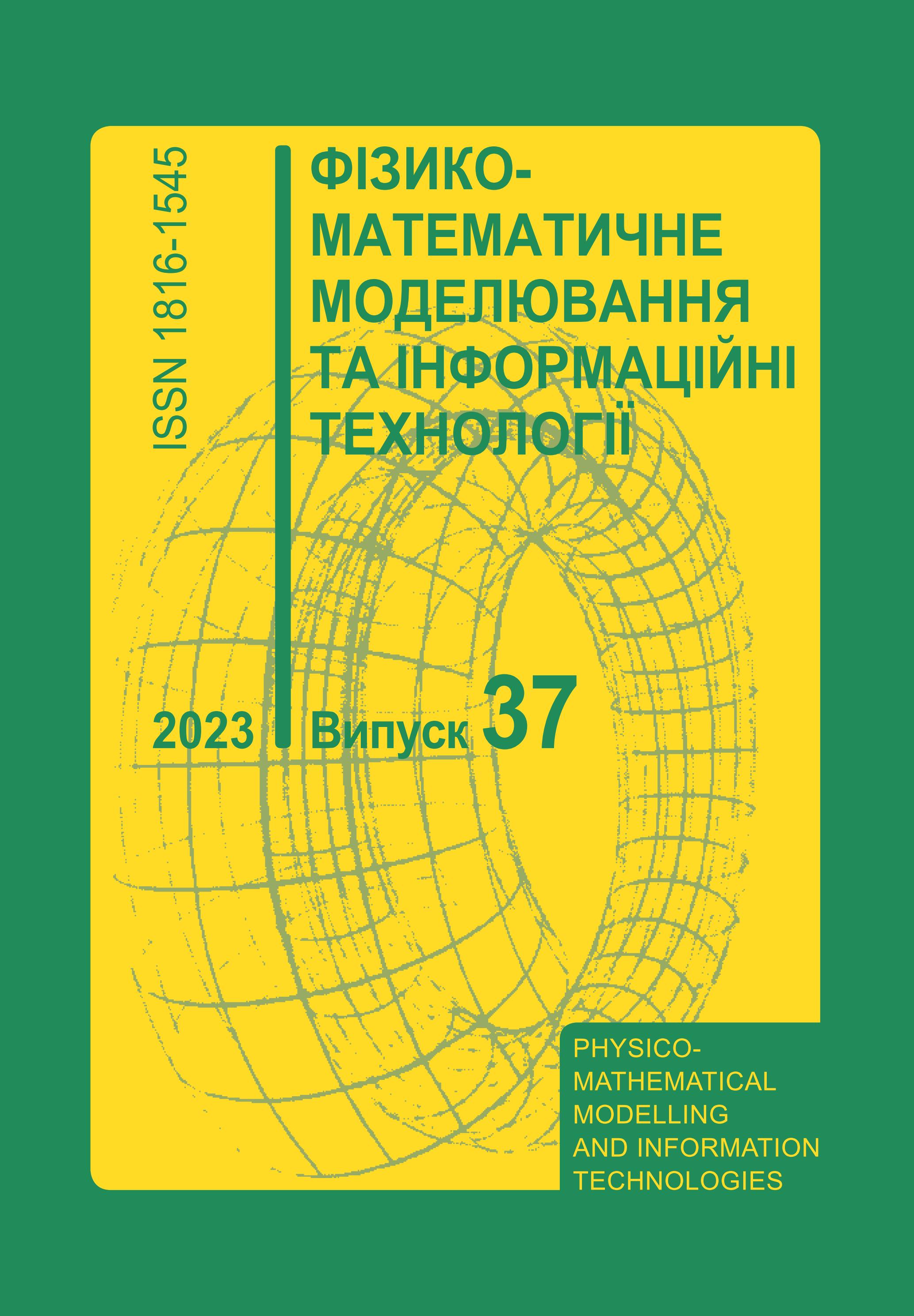Classification of natural and artificial intelligence
Abstract
The classification of natural intelligence is introduced taking into account the situation of uncertainty. According to this feature, it is divided into three levels. In level I problems, uncertainty is reduced to a minimum and without taking into account emotions, they are amenable to automation. There are many programs and robot devices that work according to clearly developed rules. Level III intelligence is characterized by the ability to analyze, process and evaluate information at accuracy independent of existing rules, as well as the ability to make various decisions based on previous experience and at the level of intuition. It is difficult to formalize and automate. Implemented in artificial intelligence, it will allow you to make independent decisions in difficult situations in conditions of uncertainty. The article presents problems belonging to the I and II levels, for the solution of which artificial intelligence systems are being developed.
References
Chlezinger М.I., Glavath V. Desjat lektsi’j po statistitheskomu i strukturnomu raspoznavaniju. – Kiev: Nauk. dumka. (2004), 2004. 546 с.
Vintsuk Т.К. Analiz, racpoznavanije i interpretatsija rethevyx signalov Kiev: Nauk. dumka. (1987). 262 с.
Tymofiieva N.K. Odyn sposib modeluvannja intelektu ludyny z vykorystannjam kombinatornogo analizu. Intelektualni systemy pry’jnjattja rishen ta problemy obthysljuvalnogo intelektu. Prysvjathena pamjatti profesora Rogalskogo F.B. (ISDMCI’2014). Zbirka naukovyx prats. Zalizny’j Port, 28 ¬ 31 travnja 2014 r. Zalizny’j Port. 2014. S. 180–182.
Tymofiieva N.K. Teoretyko-chyslovi metody rozviazannia zadach kombinatornoji optymizatsii: avtoref. dys... dokt. texn. nauk: 01.05.02. Kyiv, 2007. 32 s.
Copyright (c) 2023 Надія Тимофієва (Автор)

This work is licensed under a Creative Commons Attribution 4.0 International License.




